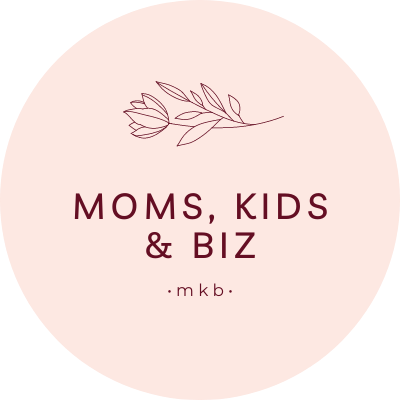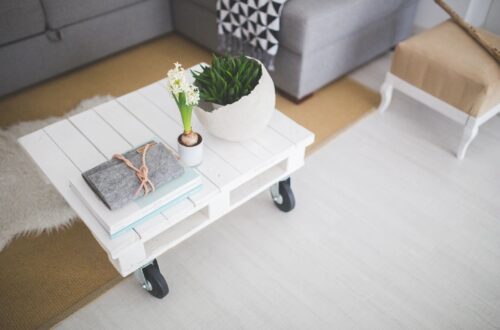
What Causes Bloody Noses in Kids?
My three-year-old will get a nose bleed probably once every 3-4 weeks. It’s usually at night when he’s sleeping, or sometimes when he’s at school, and mostly during cold season. There’s been times that he’s woken up in the morning with dry blood around his nose and mouth. We used to have our sons fan on at night too – boy was that a mistake after doing some research. If your child has nosebleeds at night and sleeps with a fan, that could be causing them! It really helped once we stopped having his ceiling fan on. We of course spoke to our sons doctor about it too, and she said nosebleeds in toddlers can be common. One thing I invested in that I believe has helped his nosebleed is an air purifier! I run it during the day while he’s at school so that I don’t have to run it at night when he’s sleeping.
The Most Common Reasons for Nosebleeds in Children
Nosebleeds are a common occurrence among children and can be quite alarming for parents. While nosebleeds may seem scary, they are typically not a cause for serious concern. Understanding the underlying causes of nosebleeds in children can help parents manage and prevent them more effectively. In this blog post, we will explore the various factors that contribute to nosebleeds in kids and provide some useful tips for prevention and care.
-
Dry Air: One of the most common causes of nosebleeds in children is dry air. Dry environments, especially during the winter months when indoor heating systems are active, can cause the nasal passages to become dry and more susceptible to bleeding. Additionally, living in regions with low humidity levels can exacerbate the issue. Encouraging a humidifier in your child’s room can help add moisture to the air and prevent dryness in their nasal passages.
-
Nose Picking: Children are notorious for exploring their surroundings, including their noses. Nose picking can irritate and damage the delicate blood vessels lining the nasal cavity, leading to nosebleeds. Teach your child proper hygiene habits and discourage them from picking their noses. Regularly trimming your child’s nails can also reduce the risk of injury.
-
Allergies: Allergic reactions, such as hay fever or seasonal allergies, can cause inflammation and irritation in the nasal passages. Constant rubbing or blowing of the nose due to allergies can lead to nosebleeds. Identifying and managing your child’s allergies, with the help of a pediatrician, can significantly reduce the occurrence of nosebleeds.
-
Trauma or Injury: Children are naturally active and prone to accidents. Falls, blows to the face, or any trauma to the nose can result in nosebleeds. If your child experiences a nasal injury, it is important to assess the severity of the injury. Applying gentle pressure to the nose and leaning the head forward can help stop the bleeding. Seek medical attention if the bleeding does not stop after 20 minutes or if the injury appears severe.
-
Environmental Irritants: Exposure to irritants such as strong odors, chemicals, or pollutants can trigger nosebleeds in children. Cigarette smoke, strong cleaning agents, or certain perfumes are common culprits. Minimizing your child’s exposure to these irritants can reduce the likelihood of nosebleeds. Ensure a well-ventilated environment and avoid exposing your child to secondhand smoke.
-
Underlying Medical Conditions: In some cases, nosebleeds in children may be associated with underlying medical conditions. Conditions such as sinusitis, chronic allergies, or blood clotting disorders can make the nasal blood vessels more susceptible to bleeding. If your child experiences frequent or severe nosebleeds, it is advisable to consult a healthcare professional for proper evaluation and diagnosis.
Prevention and Care for Nosebleeds in Children:
- Encourage your child to stay hydrated to keep the nasal passages moist.
- Use a saline nasal spray to moisturize the nasal passages and help prevent dryness.
- Teach your child to blow their nose gently to avoid excessive pressure.
- Keep your child’s fingernails trimmed to reduce the risk of injury from nose picking.
- Use a humidifier in your child’s room, especially during dry seasons or in arid climates.
- Address any underlying allergies or medical conditions with the guidance of a healthcare professional.
- If a nosebleed occurs, have your child sit upright and lean slightly forward while applying gentle pressure to the soft part of the nose.
How air purifiers can benefit toddlers with nosebleeds
Air purifiers work by filtering out pollutants and allergens from the air, leaving behind clean, fresh air. Here are some of the ways air purifiers can benefit toddlers with nosebleeds:
- Reducing indoor air pollution: Air purifiers are designed to remove pollutants and allergens from the air, including those that can cause nosebleeds. By reducing indoor air pollution, air purifiers can help alleviate the symptoms of nosebleeds in toddlers.
- Moisturizing the air: Some air purifiers come with built-in humidifiers, which can help moisturize the air and prevent the nasal lining from becoming dry and cracked. This is especially important during the winter months when the air is naturally dry. I also use these saline nasal spray in his nose on days we don’t have bath day – that way his nose isn’t too dry!
- Providing a healthier environment: Air purifiers can create a healthier indoor environment for toddlers by removing harmful pollutants and allergens. This can help reduce the frequency of nosebleeds and other health issues.
- Improving sleep quality: Nosebleeds can be a disruptive and uncomfortable experience for toddlers, especially at night. By improving indoor air quality, air purifiers can help toddlers sleep better and wake up feeling more rested.
Choosing the right air purifier for your toddler
When choosing an air purifier for your toddler, it’s important to consider factors like room size, filter type, and noise level. Look for an air purifier that is designed for the size of your toddler’s room and comes with a HEPA filter, which is designed to capture small particles like allergens and pollutants. You may also want to consider an air purifier with a built-in humidifier if dry air is a problem in your home.
In conclusion, air purifiers can be a valuable tool for parents of toddlers who suffer from nosebleeds. By reducing indoor air pollution, moisturizing the air, and providing a healthier environment, air purifiers can help alleviate the symptoms of nosebleeds and improve the overall health and wellbeing of your toddler.
If your child experiences nosebleeds and you’ve found some tips that have really helped – share them below or contact us!





